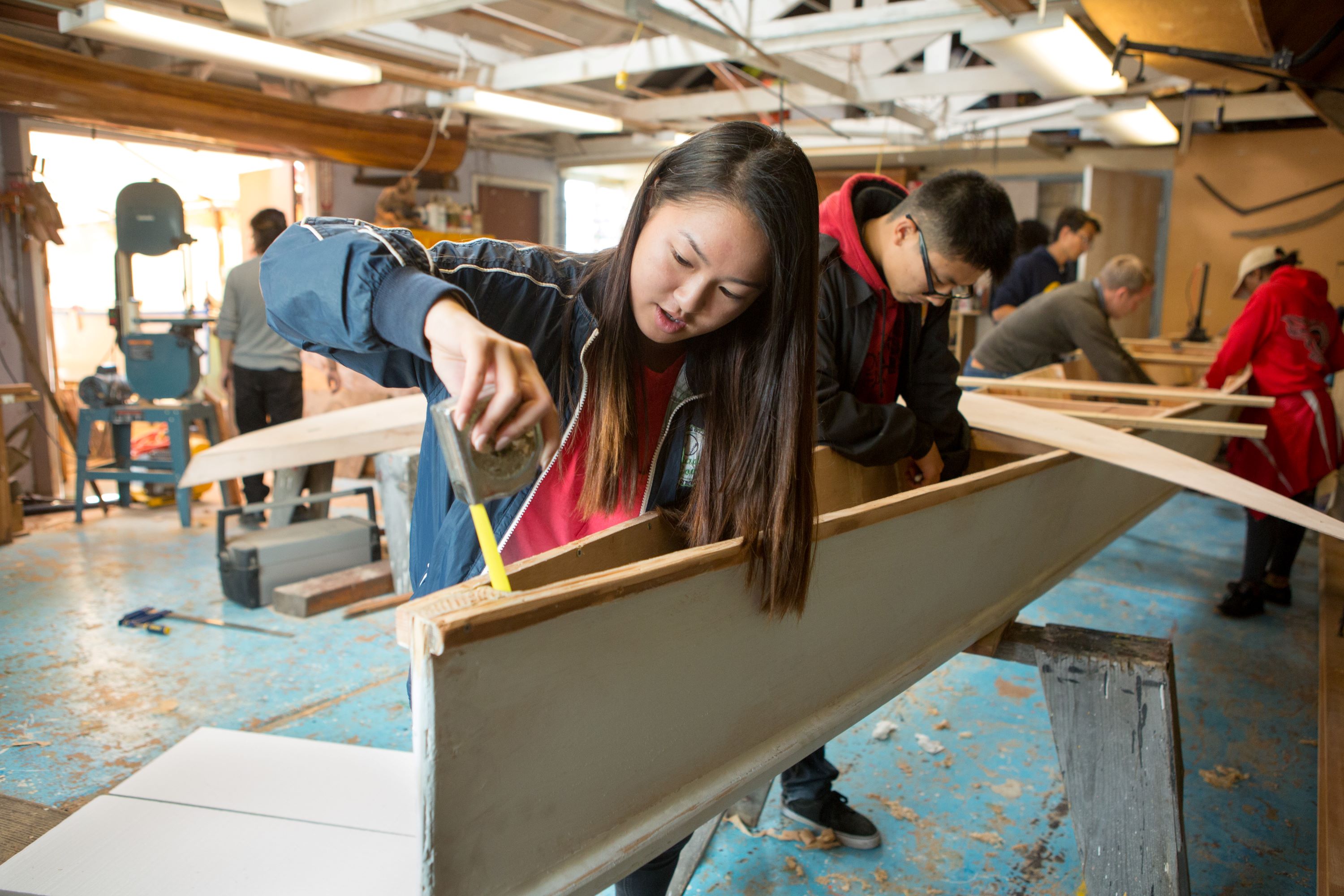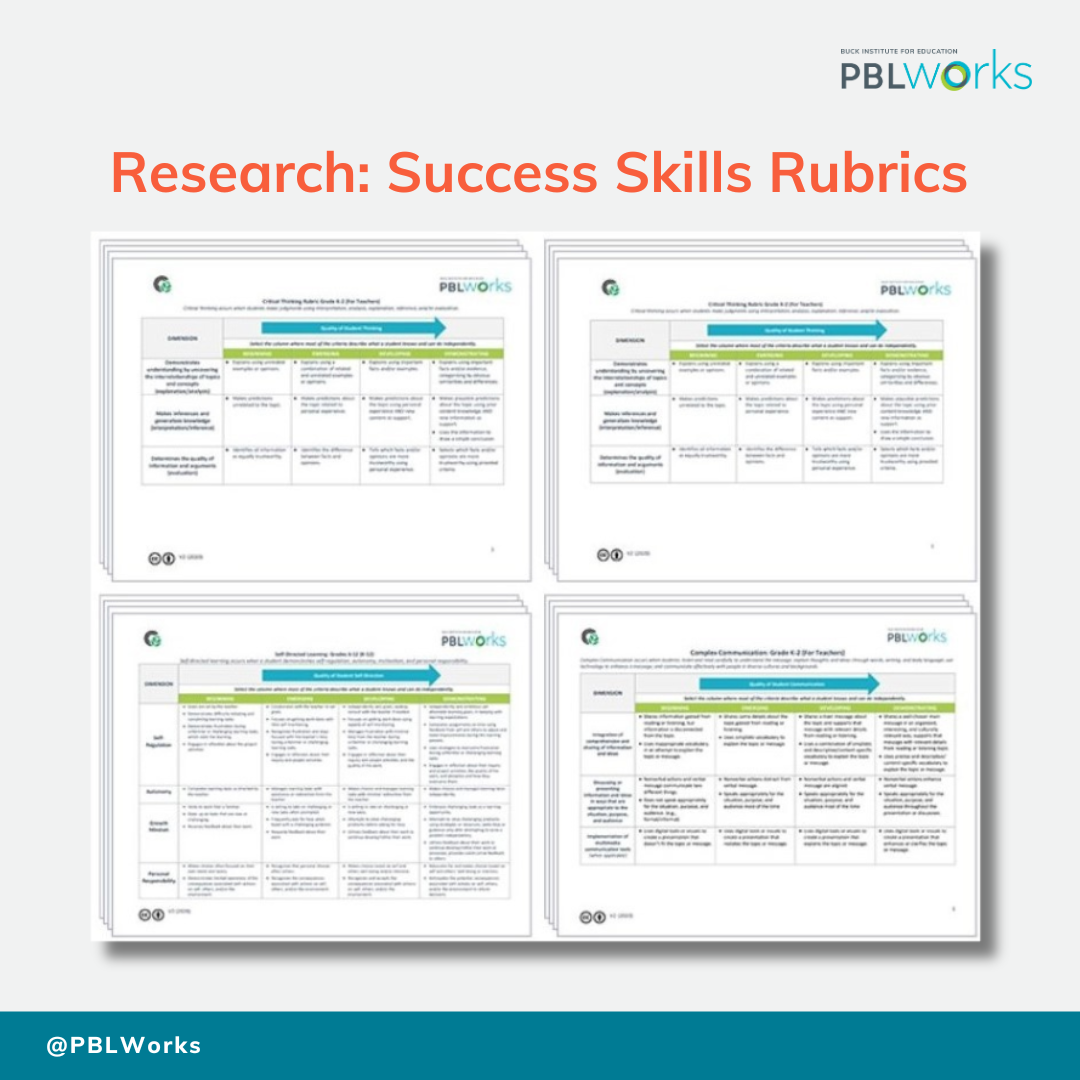
In 1938, John Dewey published Experience and Education, a short book that emphasized the importance of purposeful, collaborative, and most importantly authentic learning experiences that “interact with the outside world,” something that the staff and students at Lynn Vocational Technical Institute would describe as just another day at the office.
LVTI is the vocational-technical high school for the city of Lynn, which lies about 25 minutes north of Boston, Massachusetts. In addition to offering a traditional academic program with subjects like science and mathematics, it also offers 17 technical programs across various sectors such as construction, healthcare, and food services, and this list is only growing. They have also received several awards and distinctions, and have been perennially recognized as one of the SkillsUSA National Models of Excellence, the highest honor given to a CTE school.
Part of why LVTI was able to earn this particular distinction is their commitment to continuous improvement, which requires school leaders to question their modalities. In this inquiry, they began to deeply consider how a career and technical education (CTE) school could benefit from comprehensively integrating the Gold Standard Project Based Learning model. In less than a year, the school has successfully implemented PBL not just across all core academic areas, but also across the student body. By leveraging the power of their established PLC structures, they made high quality PBL available to the majority of its 1,600 students, ensuring universal instructional excellence.
As LVTI approaches the end of its first year of PBL implementation, there have been many important takeaways. Assistant Director Tim Moriarty says the biggest was, “Hands-on learning experiences are not automatically Gold Standard PBL.”
This comment echoes John Dewey, who wrote, “The belief that all genuine education comes about through experience does not mean that all experiences are genuinely or equally educative.” Or to put it more succinctly, just because a project is "hands on" does not automatically mean that it is also “brains on.” CTE programs and schools start with an advantage when implementing PBL because of the work-based culture and experiential nature of their instructional models. But at times, “hands on” is mistaken for “brains on,” resulting in learning experiences that fall short of the kinds of outcomes that Gold Standard PBL is synonymous with.
The implementation team at LVTI has worked hard to put together a roadmap for improvement that they think will help move their CTE program from the realm of “just doing projects” to true PBL, and many of their takeaways can be implemented by any CTE school or workshop.
Here are some elements of Gold Standard PBL they have leveraged to take their CTE programs to the next level:
Voice and Choice

When students are given more agency and autonomy in their learning, they tend to engage in the work more deeply and retain a lot more than they would in more prescriptive environments. Some CTE programs do a good job of providing this. But others follow a very traditional instructor-led sage-on-the-stage framework that focuses on regurgitation and demonstration rather than self-sufficiency and critical thinking. But what does it look like when a program emphasizes the latter rather than the former? The leadership at LVTI have identified this as an opportunity area for further implementing PBL and have many ideas of how to deeply integrate it into their school.
 Instead of simply completing projects that the shop instructor proposes, students could propose their own projects, presenting them to the entire class while also detailing their connection to the requirements outlined in the course syllabus. Then the instructor could select the proposal that feels the most engaging and does the best job of meeting certification requirements and safety protocols. This approach is more engaging, provides students with a greater degree of shared power, and also provides opportuni
Instead of simply completing projects that the shop instructor proposes, students could propose their own projects, presenting them to the entire class while also detailing their connection to the requirements outlined in the course syllabus. Then the instructor could select the proposal that feels the most engaging and does the best job of meeting certification requirements and safety protocols. This approach is more engaging, provides students with a greater degree of shared power, and also provides opportuni ties for the team with the winning proposal to gain experience as project managers. Tools such as team contracts or agreements and rubrics that define what strong collaboration looks like provide them what they need to capitalize on these opportunities. Plus, the shop instructor gains the opportunity to step back and address things that might otherwise get overlooked, such as learners who need additional intervention and support.
ties for the team with the winning proposal to gain experience as project managers. Tools such as team contracts or agreements and rubrics that define what strong collaboration looks like provide them what they need to capitalize on these opportunities. Plus, the shop instructor gains the opportunity to step back and address things that might otherwise get overlooked, such as learners who need additional intervention and support.
Authenticity and Public Product


At first glance, authenticity and the public-facing nature of final products may seem like a given in a CTE environment, especially since there is a predetermined connection to a specific industry. However, there are many opportunities that are often missed when it comes to these two elements.
Shops often remain closed to the outside world, meaning most, if not all of the final products produced by students are performative, not authentic. They are done for the teacher or school rather than the community. The opposite is true at LVTI, as many of their CTE programs are actually built around engagement and service to the wider Lynn community. The school restaurant run by the culinary arts program is open to outside customers. The cosmetology lab has a fully functional salon that takes appointments and customers from across the city. The electrical pathway is well on its way to rewiring all of the lights in the school with energy-efficient LEDs, which is not only a fantastic opportunity for real world experience, but has saved the district a boatload of money on both labor and energy costs.
Allowing outside customers to engage with the school like this might not be possible for security and liability reasons, but there are other opportunities that are “equally educative.” Outside experts and professionals can be brought to the students as a supplement for the expertise provided by the classroom instructor. They can also increase the capacity of the shop since classroom instructors often have their hands full. Managing the shop and ensuring safety and quality controls leave instructors little opportunity to evaluate work deeply or provide students with one-on-one attention. The inclusion of outside experts in this regard is especially important because it provides students touch points with real-world professionals who they can interact with, get formative feedback from, and, as research has shown, are likely to connect them with a job in the future.
Sustained Inquiry

The instructors at LVTI already do a great job providing opportunities for students to build skills and gain experience solving real-world problems, creating the independent problem solvers and critical thinkers that employers are always on the lookout to hire. Providing teams of students ways to discover solutions on their own, a skill that will be expected of them once they exit the K–12 system and enter the professional world, is a simple and effective way to foster these career-ready mindsets.
For example, any automotive technician would be expected to begin diagnosing a mechanical issue as soon as a car came into their repair shop, and they wouldn’t last long if they waited for the service manager to tell them what to do. Creating opportunities to self-diagnose problems without the CTE instructor hinting at or straight up providing the solutions helps build the kind of initiative expected of professionals. As Moriarty said, “PBL is a great vehicle for this kind of agency and initiative development professionals expect of their employees”
What could this look like within the context of a CTE program? An instructor could provide small groups of students with a problem of practice in the form of questions or comments that a customer would make. They could give the students a set amount of time to come up with a solution—similar to the circumstances of a professional mechanic. Then, each team could present their solution and reasoning to the entire class. The class then executes the best solution. This approach emphasizes student ownership over the entire process to a degree that they may not have been able to do otherwise.
As the experiences of LVTI have shown, there are many similarities between high quality Project Based Learning and CTE programs. Both are driven by authentic, real-world work. Both provide excellent opportunities for developing career-ready skills that employers expect to see in their employees. Both rely on a team-based approach to learning that provides excellent opportunities for students to collaboratively learn. But there are also potential distinctions that should be seen as opportunities to improve. The gaps between “hands on” and “brains on” that are identified can then become avenues for improving the entire program and the experience of all involved.

